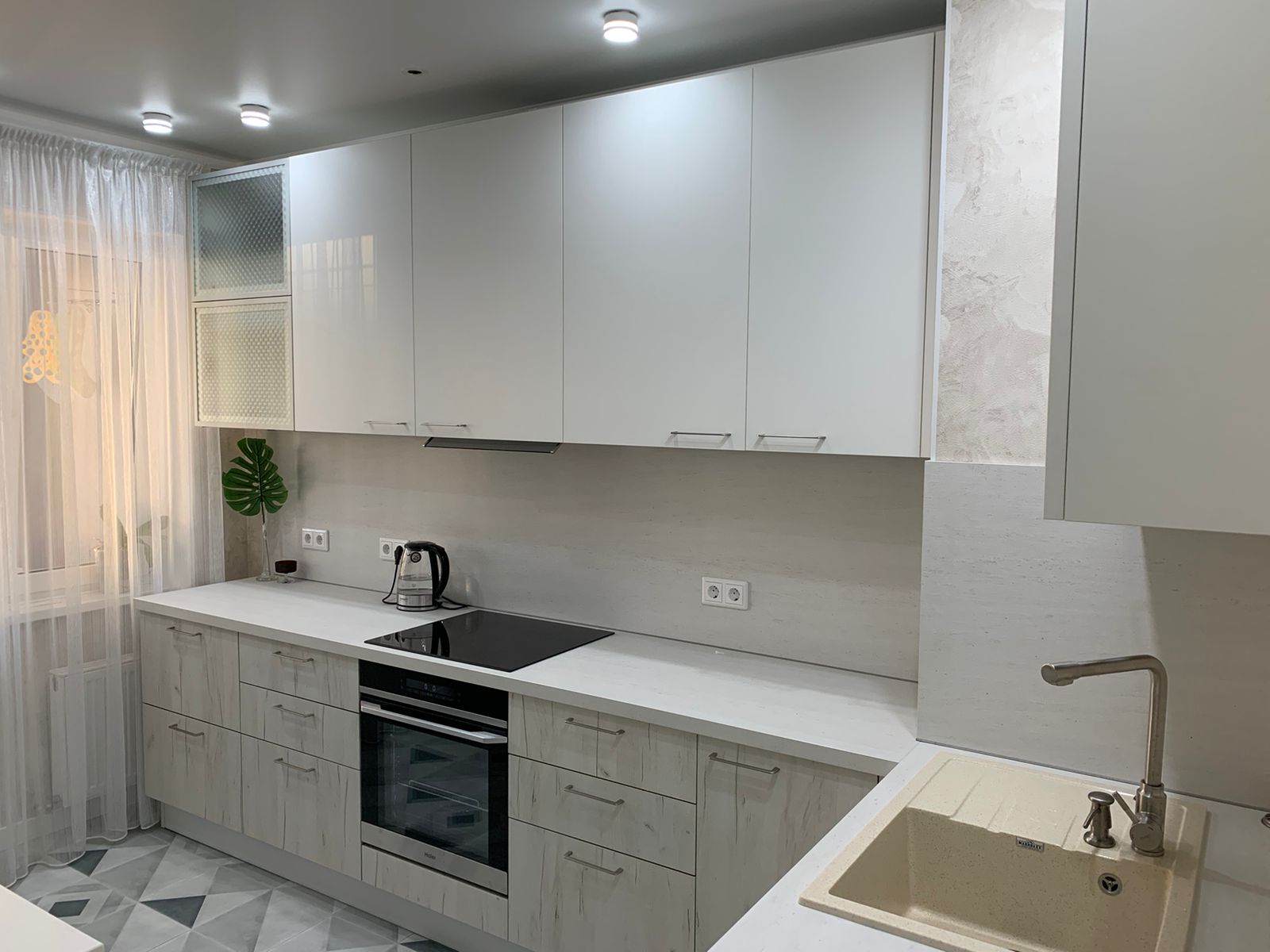
Revolutionizing Culinary Spaces: A New Era in Food Experience
The Evolution of Culinary Spaces
Throughout history, the concept of culinary spaces has undergone a remarkable transformation. From the archetypal kitchens of old, where functionality reigned supreme, to the contemporary open-plan designs that prioritize aesthetic appeal and social interaction, culinary spaces have always reflected the cultural and technological trends of their times. The advent of the digital age, the growing emphasis on sustainability, and the increased desire for personalized experiences have all contributed to the latest wave of innovation in these environments where culinary magic happens.
Sustainable Kitchens: Eco-friendly Design
In response to the growing concern for the environment, modern culinary spaces are being redefined by sustainability. Designers and homeowners are increasingly turning to energy-efficient appliances, renewable materials, and waste-reducing practices to craft eco-friendly kitchens that are both beautiful and responsible. From bamboo cabinetry to composting systems and water-saving faucets, the new sustainable kitchens are a testament to the harmonious blend of form, function, and environmental stewardship.
Technology Integration: The Smart Kitchen
Technology has revolutionized the way we experience and interact with culinary spaces. The smart kitchen, equipped with connected devices and intelligent systems, offers unprecedented convenience and efficiency. Smart refrigerators can track expiration dates, ovens can be preheated remotely, and voice-controlled gadgets bring multitasking to new heights. This seamless integration of technology into the cooking space not only simplifies meal preparation but also enhances safety and energy management.
Design Aesthetics: The Kitchen as a Living Space
The lines between cooking and living spaces are blurring, as kitchens are increasingly viewed as the heart of the home. Modern design principles have redefined culinary spaces to be open, inviting areas that encourage interaction and entertaining. Elements like kitchen islands, breakfast nooks, and integrated seating areas promote a sense of community and togetherness, turning the act of meal preparation into an opportunity for social engagement and creating memories.
Modularity and Personalization
In a world where personalization is cherished, culinary spaces are no exception. Modular kitchen elements that can be customized to fit individual needs and preferences allow homeowners to create a space that truly reflects their personality and lifestyle. Interchangeable worktops, movable units, and adaptable storage systems provide the flexibility needed to adjust the space as life evolves, ensuring the kitchen remains functional and stylish throughout the years.
Culinary Artistry and Presentation
The recent renaissance in the art of cooking has also spilled over into the design of culinary spaces. Aesthetic considerations are becoming as important as practicality with the rise of cooking as a form of entertainment and expression. Specialized lighting to enhance the visual appeal of food, temperature-controlled wine displays, and designated areas for plating and presentation are just a few of the ways in which culinary spaces are being tailored to showcase the beauty and artistry of cuisine.
Conclusion: The Future of Culinary Spaces
The culinary spaces of the future are multidimensional, seamlessly blending sustainability, technology, design, personalization, and artistry. As the boundaries of what constitutes a kitchen continue to expand and adapt, one thing remains certain: culinary spaces are no longer just places to prepare meals; they are complex, adaptive environments that reflect our evolving lifestyles, values, and aspirations. The redefinition of these spaces is a journey without a fixed destination, one that promises continual innovation and excitement for food aficionados and design enthusiasts alike.